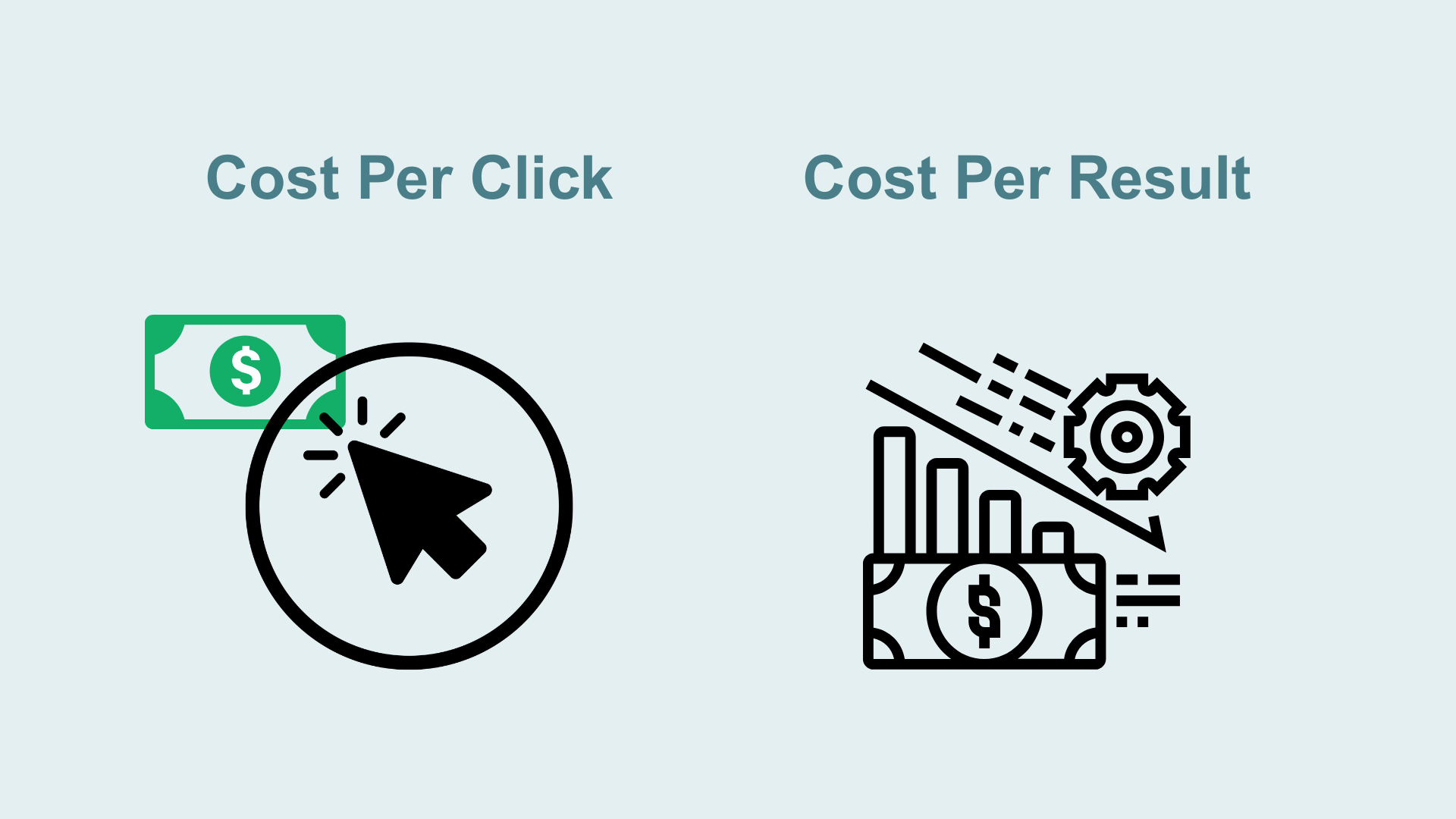.png)
We used to celebrate big view counts. A thousand likes? Viral. A million impressions? A hit.
But in 2025, performance marketers know better.
Success in video advertising isn’t about how many people see your content—it’s about how many take action, how effectively the creative moves someone through your funnel, and how quickly you can test and improve based on real-world results.
Today, with AI tools like Clicks.Video accelerating content creation, the real power lies in what you do after you publish. It’s not enough to launch videos. You need to know what’s working, why it’s working, and how to replicate that success at scale.
Let’s break down the video ad metrics that actually matter in 2025—and how to build your creative workflow around them.

The biggest predictor of ad success is often the first thing a viewer sees. That means your hook isn’t just an opener—it’s a make-or-break moment.
The hook retention metric tells you how many users stuck around after the first 3 seconds. Why 3 seconds? Because that’s all most platforms give you before the scroll resumes. If your video can’t hold attention past that point, the rest doesn’t matter.
This is where AI-powered tools like Clicks.Video shine. You can quickly generate multiple hook variants—emotional, surprising, direct, or product-led—and test them against each other without reshooting or editing from scratch.
This metric tracks how often your video actually causes someone to stop scrolling. It’s the attention equivalent of a billboard that makes a driver tap the brakes.
You might have a brilliant CTA or stunning product demo—but if your visuals and text overlay aren’t immediately eye-catching, users won’t even give your message a chance. Scroll speed is faster than ever in 2025, and so your opening frames need to be designed for friction.
With Clicks.Video, marketers are combining voiceovers, bold overlays, and dynamic visuals to instantly interrupt passive scrolling behavior, testing new formats weekly to optimize this first impression metric.
Once you’ve hooked someone, the next question is: how far did they make it?
Average watch time tells you whether your video is holding attention or losing people mid-way. And in a performance context, this matters more than total views. If you’re driving high impressions but your average view duration is five seconds, your message probably isn’t landing.
The best marketers today treat watch time as an engagement barometer. If most viewers drop off before the CTA, that tells you your narrative arc might need adjusting—or your CTA might need to come sooner.
By quickly editing placement and length using Clicks.Video, teams are iterating faster than ever to optimize for this deeper engagement metric.
CTR is the most straightforward “is this working?” metric in your video campaign stack. It tells you whether your creative made viewers want to know more, click through, or convert.
But here’s where things get interesting in 2025: the best-performing videos aren’t always the flashiest. They’re the ones with clear messaging, an aligned offer, and a strong CTA—delivered early enough in the video that users don’t miss it.
Clicks.Video allows marketers to move the CTA around, test multiple versions, and track performance by placement, tone, or offer. You can also test emotional vs. logical CTAs at scale without creating a new video from scratch each time.
CTR is great, but cost efficiency is the bottom line for growth marketers. Cost per click (CPC) and cost per result (whether that’s a signup, download, or purchase) are where video creative gets measured in dollars and cents.
Here’s the thing: better creative drives better efficiency. A highly engaging video will lower your CPC by increasing relevance scores and driving more action per dollar spent.
That’s why AI-powered creative testing has become essential. Instead of hoping one polished video does the job, performance marketers are using Clicks.Video to launch 5-10 variants per week, identify the winner, and scale spend accordingly.
The result? Lower costs, faster learnings, better outcomes.

In 2025, creative fatigue can hit within days—especially on TikTok, Meta, and YouTube Shorts. If your frequency spikes and engagement drops, it's time to refresh the ad.
This is why modern marketers build ad systems that allow for fast iteration. It’s not enough to have one video that works—you need a pipeline of fresh, tested variants to rotate in.
Clicks.Video makes it easy to refresh winning ads by changing the hook, visuals, voiceover tone, or CTA—without starting from scratch. Think of it as “creative refresh without creative overhead.”
Ultimately, this is the most direct measure of performance: did the viewer take the intended action?
That might be signing up for a free trial, completing a checkout, or downloading a resource. Whatever the goal, your creative needs to connect emotionally, explain clearly, and drive urgency.
Today’s highest-converting video ads aren’t necessarily long or flashy. They’re clear, context-aware, and conversion-optimized—and they often come from structured testing and real-time creative iteration, not intuition alone.
With Clicks.Video, marketers can test tone, structure, CTA language, and timing—all of which influence conversion outcomes.
Performance in 2025 isn’t about making one perfect video. It’s about understanding what actually drives action, and building the systems to test, learn, and improve.
When you focus on metrics like hook retention, watch time, CTR, CPC, and conversion rate, you shift from guessing to growing.
And with platforms like Clicks.Video, you don’t have to wait on designers, editors, or post-production delays to improve your results. You can make changes, launch variants, and track outcomes—in the same day.
If your current creative workflow is built on hunches or hope, it’s time to upgrade to one built on data and speed.
👉 Start optimizing your video creative with Clicks.Video today.
